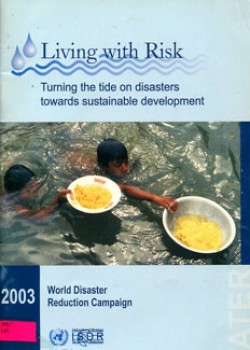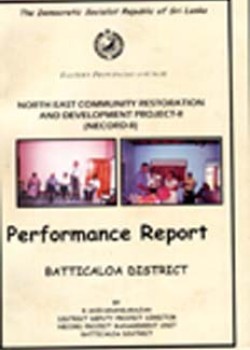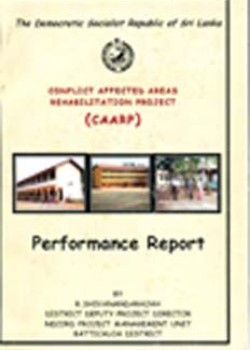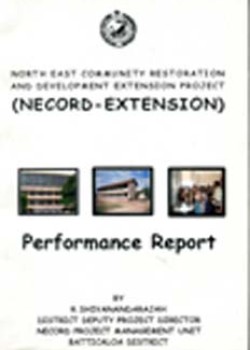
Living with Risk
Turning the Tide on Disasters towards Sustainable Development
Publisher: The United Nations (UN)
Place of Publish: Switzerland, Geneva
Year: 2003
Acc. No: 1427
Class No: 333.7 LIV
Category: Books & Reports
Subjects: Environment and Natural Resources
Type of Resource: Monograph
Languages: English
This information kit deals with the issue of protecting freshwater for human consumption, especially in times of disaster as access to water is vital in the aftermath of a disaster. It also emphasises on the importance of community awareness and participation and how it can reduce the casualties during a disaster. Aspects such as weather proofing houses, insurance and climate change are also discussed in the booklet. By looking at particular incidents such as the initiatives that came about after the ‘Red River Flood’, flood kindergartens in the Mekong Delta and the emergency status in New South Wales, this booklet looks at the precautions that can be taken to minimise casualties during and after a disaster. Each section has a short and comprehensive article based on a precaution taken or an incident in different countries around the world. Examples of this range from a case study of the Ojirami dam in Southern Nigeria and disaster training for children in America, to rainwater harvesting by the indigenous people of Bolivia. In addition to floods, this booklet also looks at other disasters such as droughts, typhoons and cyclones. This booklet includes useful information and ideas on how best to deal with disasters and save lives.



